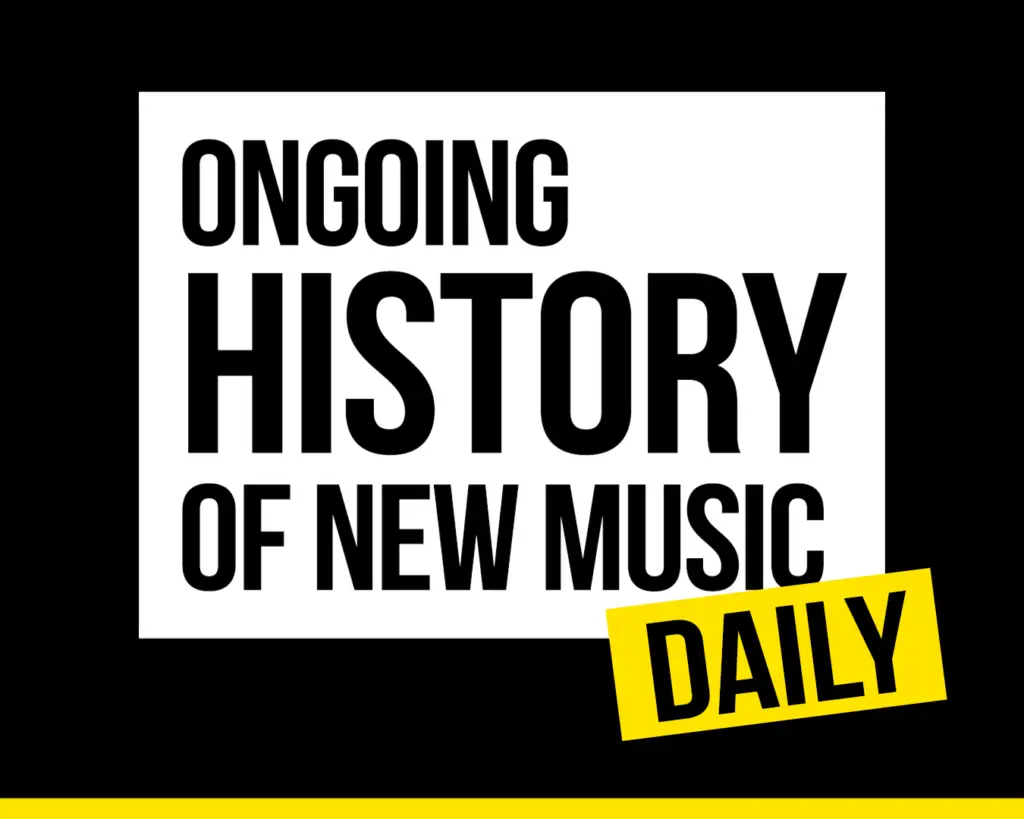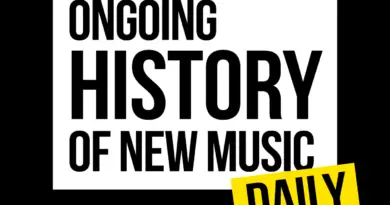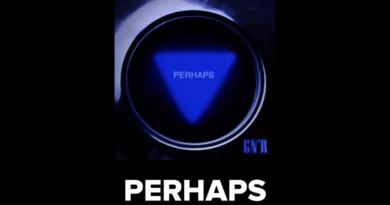
Ongoing History Daily: Remembering jukeboxes, part 1
There was a time when almost every restaurant, bar, bowling alley, and truck stop, had a jukebox. For a coin or two, you could immediately conjure up a hit song of the day. They were called “jukeboxes” because they often appeared in “juke joints,” spots where African-Americans went to dance and hang out. And they were called “juke joints” because “jook” was once slang for dancing.
But the first such devices were known as “nickel-in-the-slot” machines and were first introduced by inventor Louis Glass at the Palais Royale Saloon in San Francisco back in 1889. Because amplifiers hadn’t been invented yet, you had to listen through stethoscope-like tubes that you stuck in your ears. Not exactly high-fidelity or hygienic, but people made do.
More on jukeboxes next time. And last time, it was all about the Goth Eucharist.




There was a restaurant in my local mall that had a mini jukebox for every booth growing up. Food was terrible but loved going their for the atmosphere and the music.